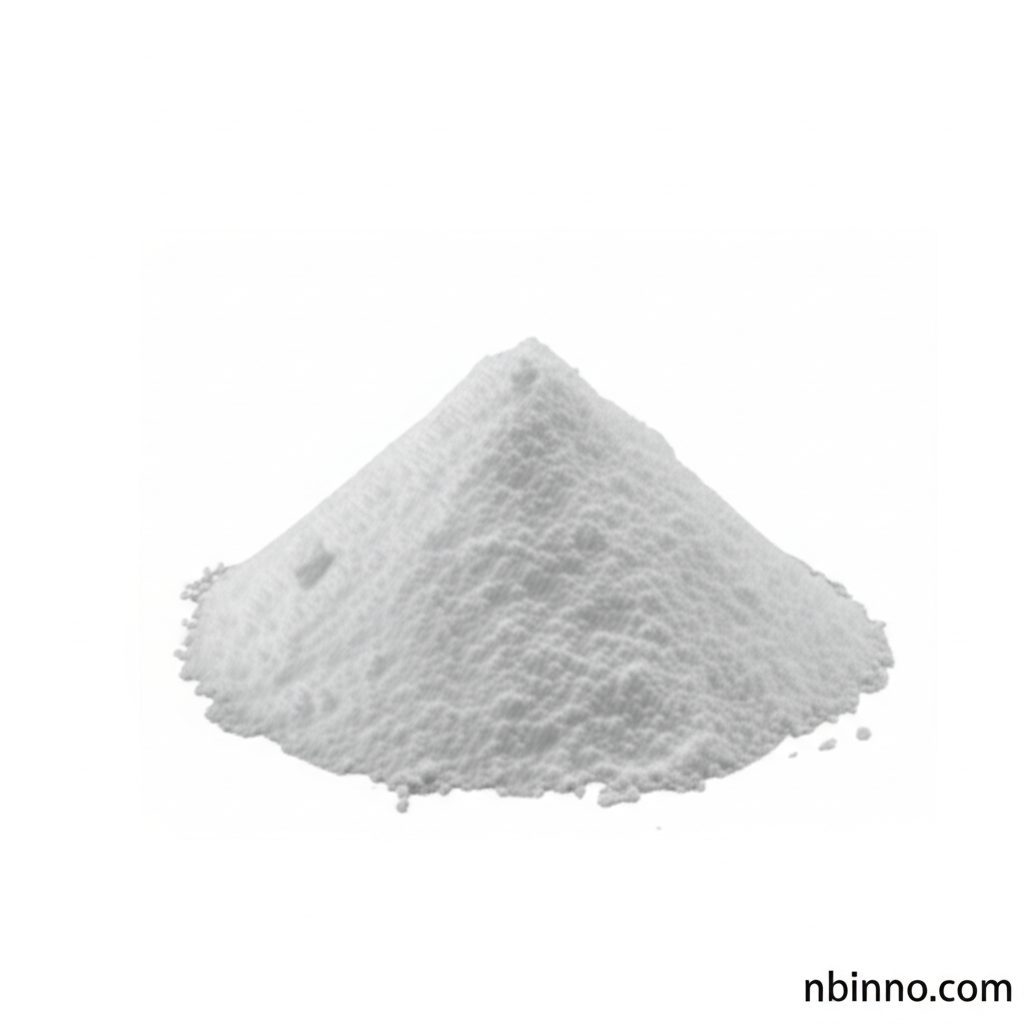Cyclopropylboronic Acid (CAS 411235-57-9): Your Key to Advanced Synthesis
Discover the power of cyclopropylboronic acid for groundbreaking pharmaceutical and organic chemistry applications.
Get a Quote & SampleProduct Core Value

Cyclopropylboronic Acid
Cyclopropylboronic acid (CAS 411235-57-9) is a vital reagent in modern organic synthesis, particularly esteemed for its role in facilitating the Suzuki coupling reaction. This process is crucial for the efficient introduction of cyclopropyl moieties into complex molecules, a common feature in many cutting-edge pharmaceuticals. Its utility extends to the preparation of various organic compounds, including aromatics and heterocycles, making it an indispensable tool for researchers and manufacturers in the pharmaceutical and fine chemical industries.
- Unlock advanced organic synthesis with cyclopropylboronic acid, a fundamental building block for novel chemical structures.
- Leverage the power of Suzuki coupling reactions to efficiently synthesize molecules containing the sought-after cyclopropyl group.
- Benefit from a high-purity intermediate crucial for pharmaceutical intermediate cyclopropylboronic acid applications in drug development.
- Enhance your research with this essential organic chemistry building block, enabling the creation of diverse aromatic and heterocyclic compounds.
Key Advantages of Cyclopropylboronic Acid
Versatile Synthetic Tool
As a premier organic chemistry building block, cyclopropylboronic acid offers unparalleled versatility in constructing complex molecular architectures for various industries.
Efficient Cross-Coupling
Its pivotal role in Suzuki coupling reactions ensures efficient and reliable incorporation of cyclopropyl groups, streamlining your synthesis processes.
Pharmaceutical Impact
Crucial for the development of new therapeutics, its application as a pharmaceutical intermediate cyclopropylboronic acid supports the synthesis of vital drug molecules.
Key Applications
Organic Synthesis
Explore the broad utility of cyclopropylboronic acid in complex molecular construction, serving as a fundamental organic chemistry building block.
Pharmaceutical Intermediates
Essential for drug discovery and development, it functions as a key pharmaceutical intermediate cyclopropylboronic acid, enabling the creation of new medicines.
Catalysis Research
Its participation in palladium-catalyzed reactions, like the Suzuki coupling reactions, highlights its significance in catalytic organic chemistry.
Fine Chemical Manufacturing
A critical component in the synthesis of fine chemicals, it supports the production of specialized compounds with diverse industrial uses.
Related Technical Articles & Resources
Why Choose Us?
Leverage our expertise and state-of-the-art infrastructure to accelerate your journey from discovery to commercial success.
Global Experience
With 20 years of R&D, manufacturing, and sales experience, we proudly serve clients across 60 countries and regions worldwide.
Advanced Facilities
Our in-house R&D laboratory, pilot platform, and large-scale production workshop are equipped to meet the audit requirements of global customers.
Seamless Scalability
We facilitate a perfect transition from small-scale lab requirements (grams) to full commercialization (hundreds of tons).
